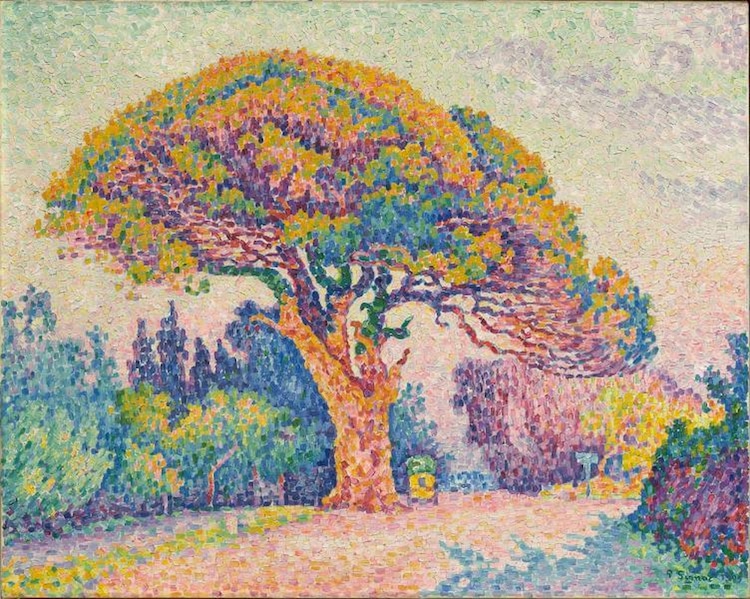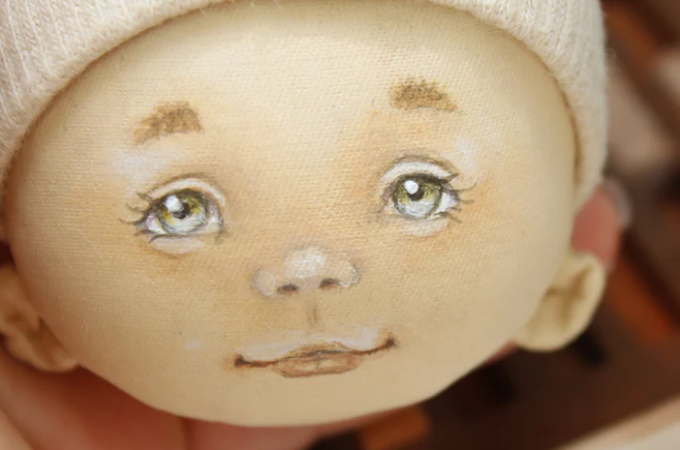
Georges Seurat’s Short Career Path
Georges Seurat painter was a famous French Neo-Impressionist artist who is remembered chiefly for pioneering the Pointillist technique, a painting style achieved by juxtaposing tiny spots of color to create a softly shimmering surface. Seurat had studied the science behind light and color in art, and his technique relied on the ability of the viewer’s eye to merge the color spots into a composite and fuller image.
Seurat’s creative ability to infuse quasi-scientific methods of coloring and lighting into his craft helped him create art that changed the course of modern art, birthing Neo-Impressionism. He firmly believed contemporary art ought to progress by implementing technologically informed methods, a belief that guided his practice as an artist.
This nouveau approach established Georges Seurat drawings as some of the first to experiment with unconventional sources for expression, and he soon found himself at the forefront of the Parisian avant-garde. Unfortunately, however, this triumph was short-lived, seeing as, after barely a decade of mature work, he died at the young age of 31.
Background About Georges Seurat Painter

Born in the city of Paris on December 2, 1859, Georges Pierre Seurat was the third child of Antoine Seurat and Ernestine Faivre. His father, originally from the city of Champagne, was a former legal practitioner who made his wealth from speculating property, and his mother was a Parisienne with a wealthy family background. He and his two older siblings lived with their mother in the French capital while their father, who lived in Le Raincy, visited only once a week.
Seurat’s earliest art lessons came from an uncle, but his formal art education began at the École Municipale de Sculpture et Dessin, a school run by the sculptor Justin Lequien. He also moved to the École des Beaux-Arts in 1878, where he studied under the tutelage of Henri Lehmann, a disciple of the neoclassical artist J.-A.-D. Ingres. During his time at the institution (1878 – 1879), Seurat followed a standard academic curriculum, drawing from plaster casts of antique sculptures and copying the drawings of old masters.
In addition to his formal art training, he was also briefly mentored by Pierre Puvis de Chavannes, a painter who specialized in large-scale classical, figurative works.
Studies Leading to His Career

Seurat devoted time to personal studies; he often frequented art museums and libraries in Paris, seeking more knowledge to refine his artistry. These studies proved central to his fascination with the science behind art and continued to fuel his research on perception, color theory, and the psychological power of line and form.
On one of such visits to the library, Seurat found a book by a Genevan painter and engraver, Humbert de Superville, that would later influence his art. It was the Essai sur les signes inconditionnels de l’art (Essay on the Unmistakable Signs of Art), a book about the relationship between lines and images and the future course of aesthetics. Seurat also studied the work of David Sutter, an artist who combined mathematics and musicology, as well as Michel-Eugène Chevreul, whose works introduced Seurat to color theories and optics.
When his formal education came to its completion at the age of 20, he left for a year of military service, where he sketched other recruits and seascapes. After his time at the Brest Military Academy, he returned to Paris, where he continued his studies on color theories and their effects on the human eye by paying keen attention to the works of Eugène Delacroix.
Perhaps the most significant influence on Seurat’s art was Ogden N. Rood’s Modern Chromatics. The publication encourages artists to experiment with color contrast by juxtaposing tiny colored specks to see how the eye blends them. After he’d studied this book, his famous Pointillism technique began to take form.
Short Career Path: Early Years
Georges Seurat artworks reflected the knowledge he’d gathered over time. The execution of his studies led to the creation of his first major project in 1883—Une Baignade, Asnières (Bathers at Asnières)—a portrayal of young men relaxing by the Seine in a suburban part of Paris. It was done using a brushstroke technique known as Balayé and later re-done by Seurat with tiny dots of contrasting colors.
That same year, Seurat submitted Bathers at Asnières to the state-sponsored Paris Salon, but the salon’s jury rejected it. Consequently, he banded with other independent artists in Paris and founded the Societe des Artistes Independants as a platform for exhibiting their works without the interference of a jury.
In 1884, Seurat began work on his masterpiece—Un Dimanche après-midi à l’Île de la Grande Jatte (Sunday Afternoon on the Island of La Grande Jatte)—a mural-sized artwork that took several visits to the place and about thirty oil sketches to complete it two years. It debuted at the Eighth Impressionist Exhibition of 1886 and was positively received for its visual effects of flickering lights and vivid colors. This established Seurat in the forefront of a new avant-garde.
Later Years

Georges Seurat – Farm Women At Work
Seurat began work on Les Poseuses (Models) In 1887, a nude painting of the same model in three different poses. It was a response to critics who mocked his technique as inferior and unable to depict life. He completed it the following year with another painting, Parade de cirque (Circus Sideshow).
In 1889, Seurat produced Jeune femme se poudrant (Young Woman Powdering Herself), depicting his mistress Madeleine Knobloch applying makeup; it was his last primary composition.
Before he died in 1891, Seurat spent his last summer at Gravelines, where he created four canvases, eight oil panels, and a few drawings. Unfortunately, his previous ambitious project, Le Cirque (The Circus), was left unfinished at his death.
Conclusion
Although short-lived, Seurat’s eight-year career spawned innovations that have remained highly influential even after his passing. His art molded the work of diverse artists like Vincent Van Gogh, and some of his works, like the Sunday Afternoon on the Island of La Grande Jatte remain widely popular icons to this day- the reason why art lovers still learn about Georges Seurat.




